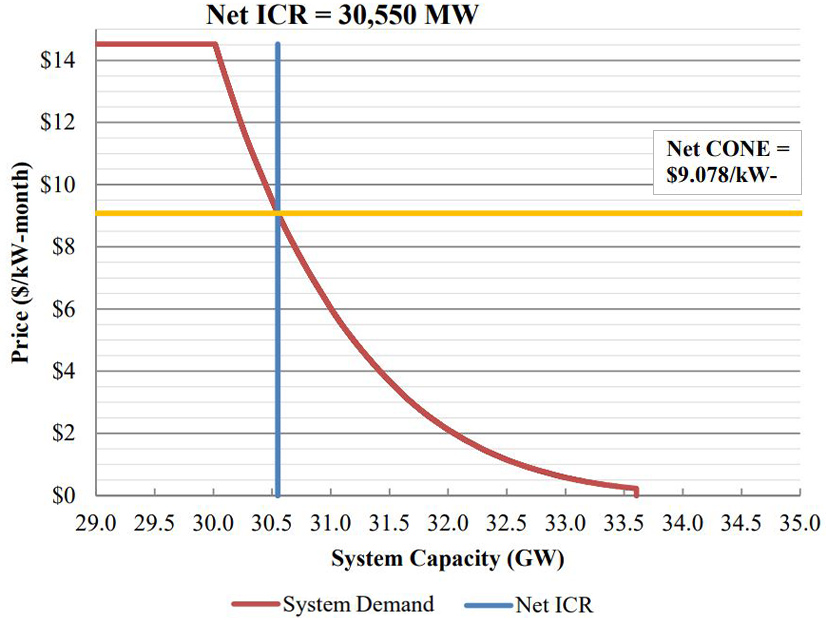MISO and SPP have agreed to conduct another coordinated system plan (CSP) study along their seam this year, as their joint operating agreement requires.
Five previous studies have failed to produce a single interregional joint project over differences in how to allocate costs. The 2022 study focused on solutions that might qualify as targeted market efficiency projects (TMEPs), a construct MISO and PJM use on their seam. However, no projects met the criteria. (See MISO, SPP Fall Short in 5th Try for Interregional Projects.)
The MISO-SPP joint operating agreement requires a CSP study at least every two years.
During an Interregional Planning Stakeholder Advisory Committee meeting Feb. 22, several stakeholders offered suggestions on improving the CSP study process.
“Even if problems are identified, cost allocation ends up disrupting the ability to actually progress to building projects that might address these issues,” Xcel Energy’s Madeleine Balchan said during the conference call.
Xcel recommended that instead of looking at two different models and then trying to reach agreement with different sets of numbers, the grid operators look at the historical cost to the market of binding transmission lines along the seam.
“Everybody can agree on the financial costs that have already happened,” Balchan said.
“I never really could understand why we don’t hold up historical examples and try to figure out a way to learn from them,” North Dakota Public Service Commission analyst Adam Renfandt said.
Natalie McIntire, representing the Sustainable FERC Project and Natural Resources Defense Council, urged the RTOs to use a more proactive, comprehensive interregional planning process with an agreed-upon single model and common benefit metrics. She called for employing scenario-based planning that addresses “credible ranges” of uncertain future conditions and a 15- to 20-year planning horizon, given the time it takes to develop multistate transmission.
Missouri Public Service Commission economist Adam McKinnie drew support for his recommended focus in and around Southwest Missouri, home to numerous congestion issues. He suggested a three-way study among SPP, MISO and Associated Electric Cooperative Inc. The cooperative participates in the Southeastern Regional Transmission Planning process but conducts joint planning with SPP.
“It seems like it would be beneficial if there was some way that we could get all three of those parties to study that area,” American Electric Power’s Jim Jacoby said. “It has had some severe problems that we’ve seen in past winter storms.”
Ashleigh Moore, with MISO’s planning coordination and strategy team, said the two RTOs’ staffs will use the feedback to determine the CSP’s scope. Future IPSAC meetings will be scheduled to talk through the process.
Separately, SPP on Feb. 22 filed a new revision request (RR620) to implement cost-allocation policies already approved by the RTO’s Regional State Committee for the Joint Targeted Interconnection Queue (JTIQ) project with MISO. The rule change would memorialize and define how the JTIQ would be deployed and applied once executed and is coordinated with changes to the JOA.
SPP’s Clint Savoy said once RR620 is filed at FERC, staff will be able to work with MISO on TMEPs projects.
Comments on RR620 are due by the close of business March 14.

